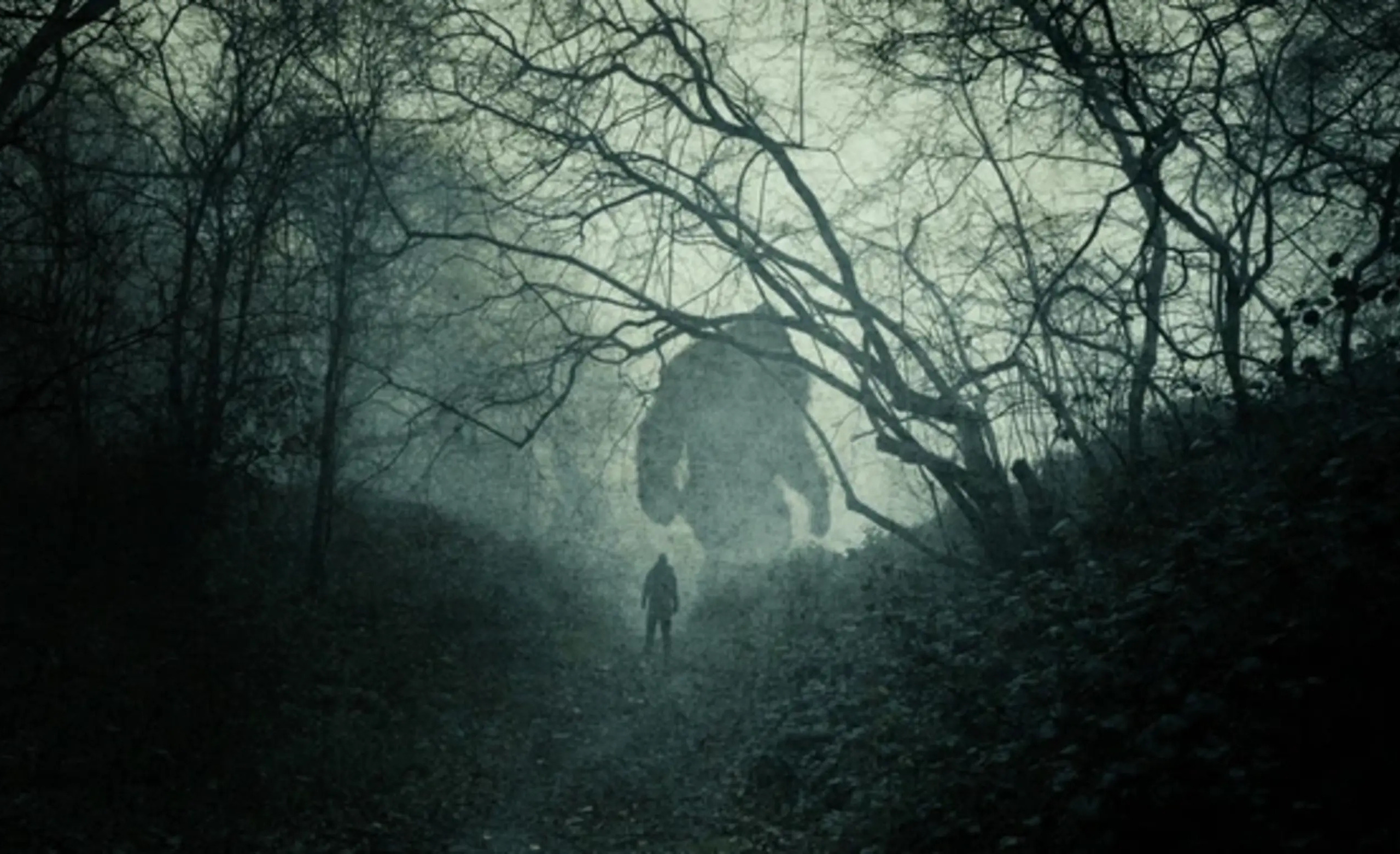
How To Survive A Bigfoot Attack
Welcome to our comprehensive guide on how to survive a Bigfoot attack. Have you ever ventured into the wilderness and wondered what lurks beyond the trees? Bigfoot, also known as Sasquatch, has been a subject of fascination and fear for decades.
Stories of this elusive creature have captivated imaginations and sparked debates about its existence. While encountering Bigfoot may seem like something out of a sci-fi movie, being prepared for the unexpected is always wise when exploring the great outdoors.
In this blog post, we will delve into the history of Bigfoot, debunk common myths surrounding it, and provide you with essential tips on how to survive a potential encounter with this legendary beast. So grab your hiking boots and get ready to uncover the secrets of surviving a Bigfoot attack!
The History of Bigfoot
The legend of Bigfoot traces back centuries, with indigenous cultures sharing tales of a mysterious ape-like creature roaming the forests. In North America, reports of encounters with this elusive being began to surface in the 19th century. The term “Bigfoot” gained popularity in the 1950s after a series of alleged sightings and footprints found in California’s wilderness.
Interest in Bigfoot grew rapidly, fueled by blurry photographs and eyewitness accounts that stirred both skepticism and belief. Despite numerous expeditions and investigations, concrete evidence of Bigfoot’s existence remains elusive to this day.
Various theories have emerged to explain Bigfoot’s origins, ranging from surviving prehistoric species to interdimensional beings. Regardless of these speculations, the allure of uncovering the truth behind this cryptid continues to captivate adventurers and researchers alike.
Common Myths and Misconceptions About Bigfoot
Many myths and misconceptions surround the elusive creature known as Bigfoot. One common belief is that Bigfoot is a bloodthirsty monster, ready to attack at any moment. However, there have been very few reported cases of aggressive behavior from these creatures.
Another misconception is that Bigfoot is purely a figment of people’s imaginations or hoaxes created for attention. While some sightings may be questionable, there are still many credible reports from reliable sources.
Some believe that Bigfoot possesses supernatural powers or abilities, making it impossible to defend against an encounter. In reality, Bigfoot is believed to be a flesh-and-blood creature with physical limitations like any other animal.
Despite the mystery and intrigue surrounding Bigfoot, separating fact from fiction can help us better understand how to approach potential encounters in the wilderness.
What to Do if You Encounter a Bigfoot
Picture this: you’re out in the wilderness, surrounded by towering trees and the sounds of nature. Suddenly, you catch a glimpse of something massive and hairy moving through the brush. Could it be Bigfoot?
If you ever find yourself face to face with this legendary creature, remember to stay calm. Panicking will only escalate the situation. First and foremost, avoid making sudden movements or loud noises that could startle Bigfoot. Slowly back away while keeping your eyes on the creature.
It’s crucial to show respect for Bigfoot’s territory. Avoid direct eye contact as it may perceive this as a threat. In case Bigfoot approaches you out of curiosity, try to appear non-threatening by standing still with your arms down.
Remember, despite its massive size, Bigfoot is believed to be elusive and peaceful. Stay composed and respectful during your encounter.
Tips for Surviving a Bigfoot Attack
When it comes to surviving a Bigfoot attack, preparation is key. First and foremost, try to remain calm if you encounter this elusive creature. Panicking may escalate the situation further. One tip is to slowly back away while keeping eye contact with Bigfoot.
Sudden movements can trigger aggressive behavior, so it’s best to move cautiously. If the Bigfoot approaches you aggressively, make yourself appear larger by raising your arms and making noise. This might intimidate the creature and give you a chance to retreat safely.
Carrying bear spray or an air horn can also be helpful in deterring a potential Bigfoot attack. These tools can startle the creature and buy you valuable time to escape. Remember, despite their size and strength, Bigfoots are wild animals that typically avoid human contact. Understanding their behavior can increase your chances of surviving an encounter unscathed.
Preparing for a Potential Bigfoot Encounter
When venturing into the wilderness, it’s essential to be prepared for any unexpected encounters, including a possible run-in with Bigfoot. While the existence of this elusive creature is debated, it doesn’t hurt to take precautions.
Ensure you’re knowledgeable about the area you plan to explore. Research any reported Bigfoot sightings or activity in that region and familiarize yourself with potential danger zones. Pack essentials such as a first aid kit, flashlight, whistle for signaling help if needed, and bear spray which can also deter other wildlife.
It’s always wise to have a fully charged phone and portable charger on hand. Consider carrying a camera or binoculars to capture any unusual sightings for documentation purposes. Stay calm and avoid sudden movements if you do encounter something unknown – whether it’s Bigfoot or not.
Remember that being mentally prepared can make all the difference in handling unexpected situations effectively. Stay alert and aware of your surroundings at all times while enjoying the beauty of nature.
Other Possible Dangers in the Wilderness
When venturing into the wilderness, it’s essential to be aware of more than just Bigfoot lurking in the shadows. While encountering a mythical creature like Bigfoot may seem far-fetched, there are other real dangers you should prepare for.
One common threat is wildlife encounters – from bears and mountain lions to venomous snakes and insects. It’s crucial to research the area you plan to explore and understand the potential risks posed by local fauna.
Weather conditions can also pose significant dangers. Sudden storms, extreme temperatures, or getting lost without proper gear can turn a pleasant hike into a survival situation quickly.
Additionally, rough terrain and natural obstacles like cliffs or fast-flowing rivers can present physical hazards that require caution and preparedness. Always stay alert and equipped when exploring the great outdoors to ensure your safety amidst these potential dangers.
Conclusion: Staying Safe in the Great Outdoors
Remember, when heading out into the wilderness, always be prepared for the unexpected. By understanding the history and myths surrounding Bigfoot, knowing what to do in case of an encounter, and following tips for surviving a potential attack, you can increase your chances of staying safe in the great outdoors.
Stay vigilant while exploring nature and be aware of other possible dangers that may exist beyond just Bigfoot. By taking necessary precautions, such as informing others of your whereabouts, carrying essential supplies like food and water, and remaining calm in high-stress situations, you can enjoy your outdoor adventures with peace of mind.
So next time you embark on a hike or camping trip in Bigfoot country or any wilderness area for that matter – remember these key points to help ensure a safe and enjoyable experience. Being prepared is half the battle when it comes to facing any unknown challenges that may come your way. Stay informed, stay alert, and most importantly – stay safe out there!



